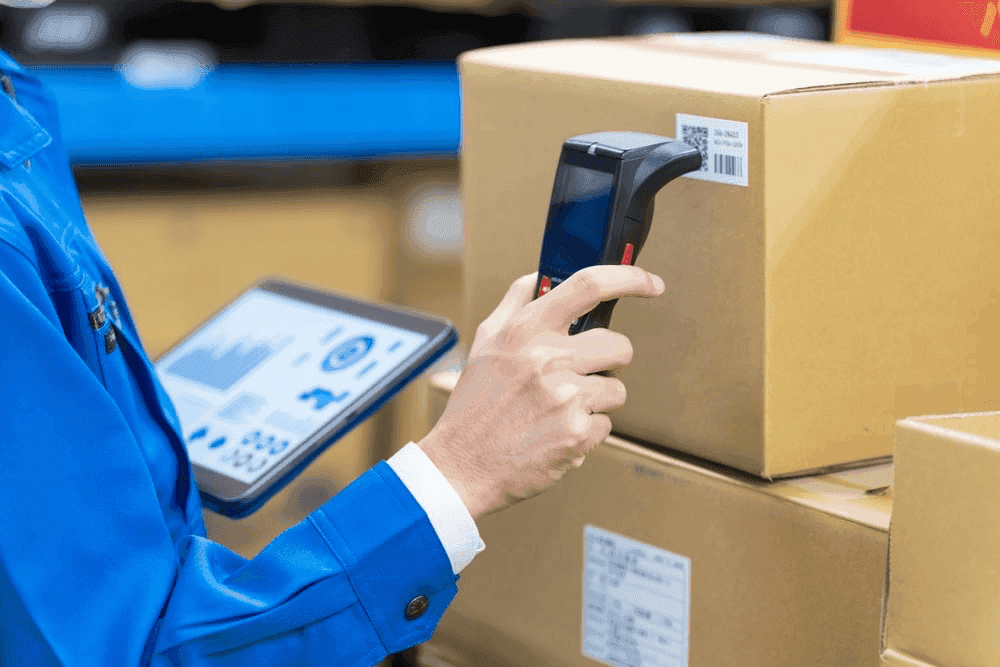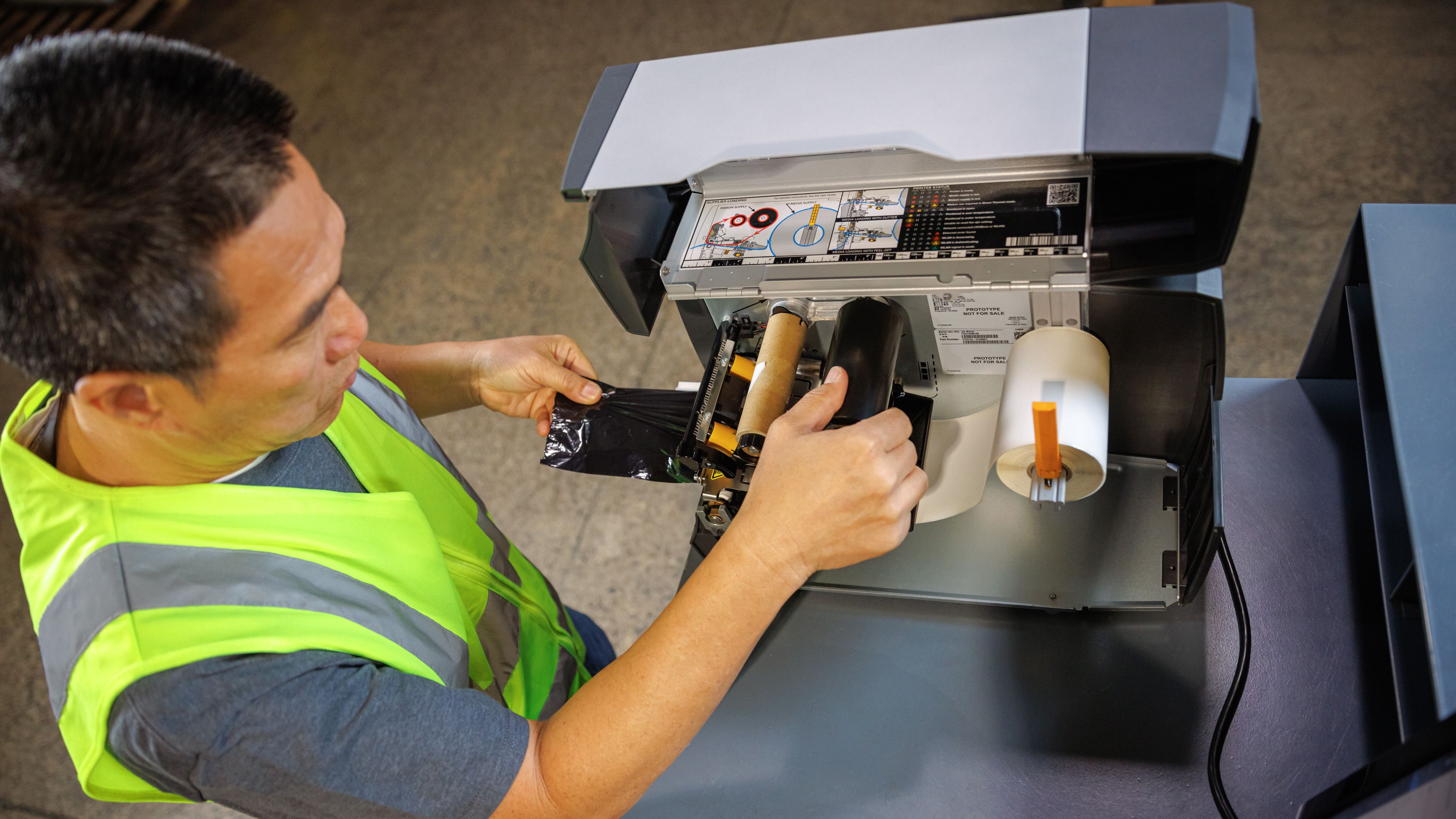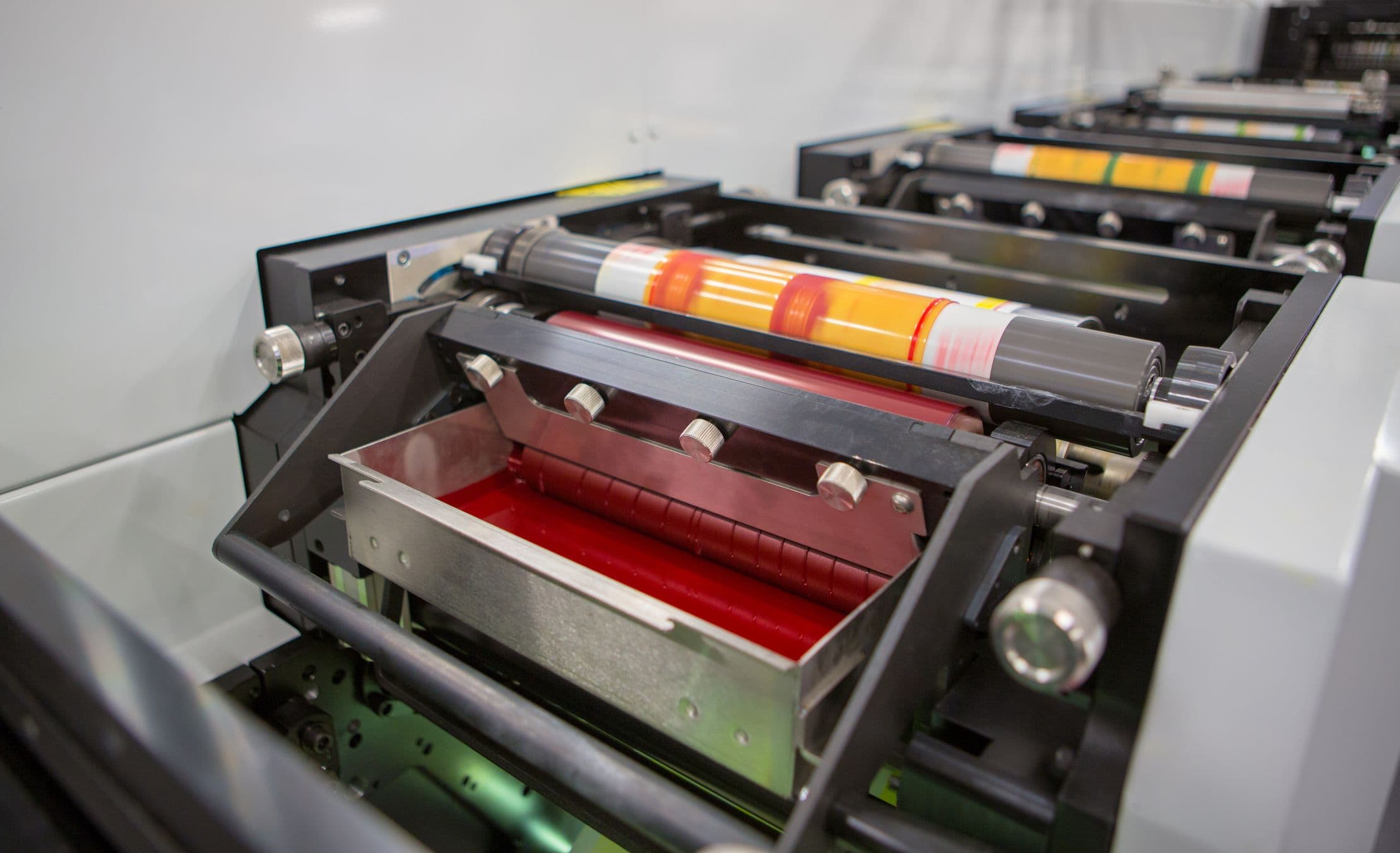In every manufacturing process, all operations must be executed precisely and accurately to stay ahead of the curve. One crucial aspect that often gets overlooked is the labeling process. Proper labeling ensures compliance with industry regulations and enhances traceability, inventory management, and overall operational efficiency.
Regardless of what happens in your core processes, labeling has its own do's and don'ts that can affect your results. So, let's understand the importance of your labeling process and how implementing the right strategies can streamline your operations, minimize errors, and ultimately drive success in your bottom line.
Practicing the "Gemba Walk"#
The "Gemba" is also known as the shop floor where the actual manufacturing process occurs, so Gemba walk refers to touring the shop floor. During the Gemba walk, managers or owners observe the processes happening during the production and identify any potential issues or inefficiencies that arise in the labeling process.
The labeling process in manufacturing can be affected by various factors, including human error, outdated equipment, or lack of standardized procedures. Companies can recognize these issues by conducting regular Gemba walks and taking corrective measures to enhance their labeling process.
The Best Places to Look for Improvement Opportunities#
Doing a Gemba walk can reveal the best places to improve the labeling process. Some common areas where labeling issues may arise include:
- Label quality: Poor label quality and readability issues can be caused by the wrong ribbon or label combination.
- Long-term storage: Check if the labels are still easily readable and that the adhesive still functions. Determine if they're stored indoors or outdoors because environmental factors may cause inventory stored outside to peel or fade.
- Return area: If you want to specify the number of returns you have due to missing or inaccurate/unreadable labels, the return area tracks the various reasons and will help you learn where the labeling process may fall short.
- Maintenance schedule: A regular maintenance routine must be established to ensure your equipment runs optimally. At the same time, your maintenance records will provide a good overview of how often the labeling machine goes down and if any recurring issues are happening.
- Conveyors, Rollers, and Chutes: Loose labels may accumulate at points of contact, which may require adjustments on some of your equipment to prevent labels from coming off when they get rubbed or come off. However, it may also be due to adhesive problems. Scanning gateways: Built-in scanning stations may be slowed, backed up, or kicking out excessive exceptions because of poor label readability.
How to Build a Better Labeling Process in Manufacturing#
Once you're done documenting everything that needs to be improved, the next step is to develop a plan for implementing the necessary changes. The key labeling ideas can include the following:
- Work with experts: The best practice for getting the right solution is working with an expert to help you find the most suitable combination of label stock, varnish, and adhesives for your process.
- Consider the environment: Keep track of the entire journey of each label you need, from the supply point through the production stage to storage and final distribution. At the same time, note any external factors affecting label quality, such as temperature or humidity.
- Application process: Storage and application are vastly different, so it's best to pin down the temperatures used for each process because even the most minor differences may have varying adhesive requirements. Remember that humidity, temperature, and exposure to elements matter when the labels are applied and where they will be stored while on the product.
- Printer capacity and maintenance: Create a table with all your printers, purpose, ribbon used, purpose, output, date of last printhead replacement, etc. It will help you track when to perform maintenance and ensure your printers remain in optimal condition.
- Keep a full stock of the correct label: Once you have achieved the right label, never run out of stock and replace it with some cheaper alternative to save a few dollars. You have already gone through the process of ensuring your labeling process is perfect, and using cheap labels will offer a different level of quality. Therefore, always plan and keep a full stock of your chosen label.
Enhance Customer Satisfaction with the Right Labels#
Optimize your labeling process in manufacturing with the key labeling ideas listed above. Determining the cause of the problem and being proactive in implementing a simplified labeling process can significantly increase customer satisfaction. Fortunately, Doranix offers a range of superior-quality labeling solutions to meet the unique needs of manufacturing industries!
From durable labels that can withstand harsh environments to advanced label printing equipment, Doranix has you covered. Contact us today to learn more about our products. Request a quote, and we can provide the perfect labeling solution for your manufacturing business.



